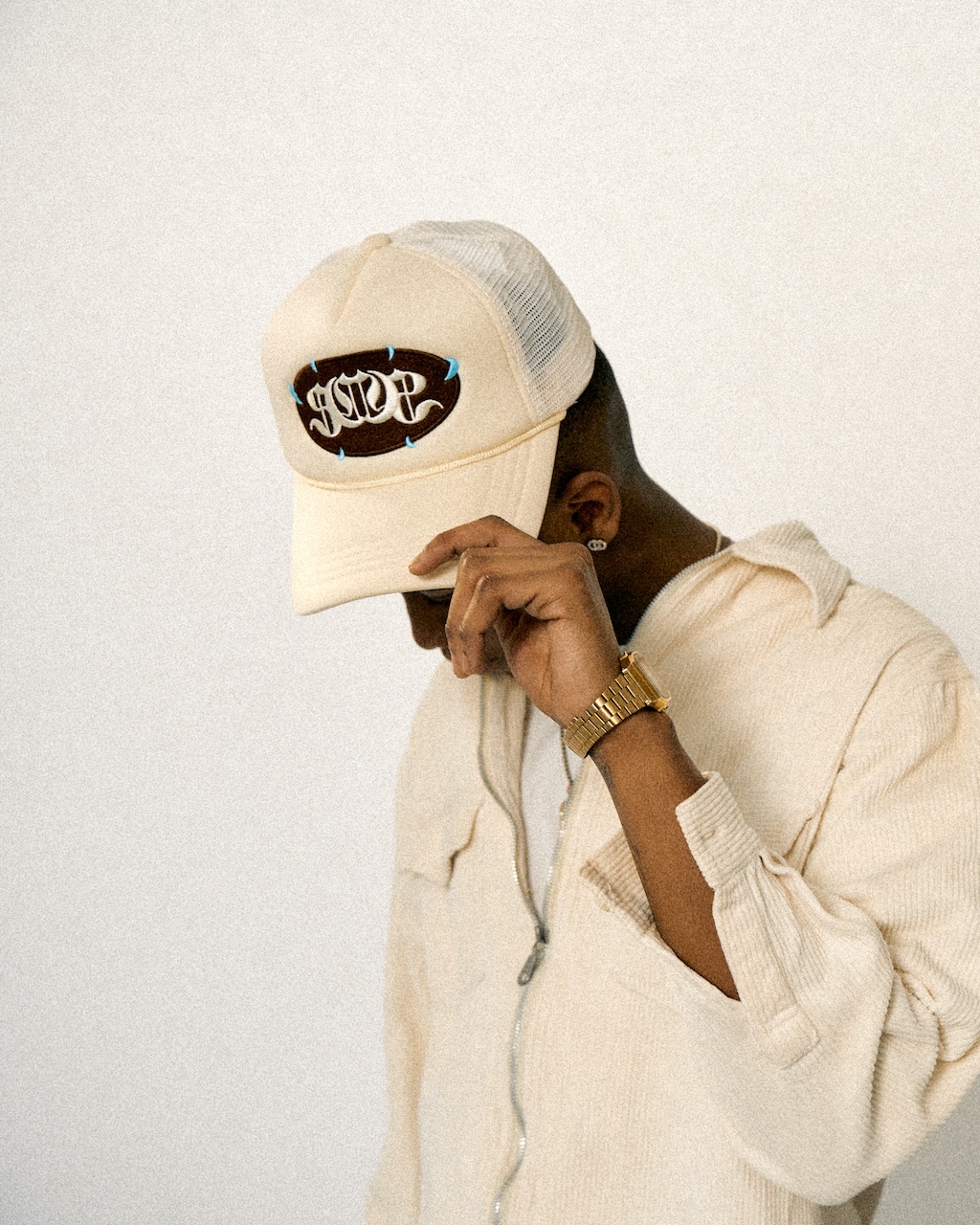The Beige Revolution: How Aesthetics Are Quietly Reshaping Culture and Politics

How TikTok trends, muted fashion, and nostalgic aesthetics reveal a deeper cultural longing for order—and what that means for the stories we silence.
Share to Social Media

The Beige Revolution: How Aesthetics Are Quietly Reshaping Culture and Politics
Somewhere between a cashmere overcoat and a softly filtered kitchen in a TikTok reel, a new cultural aesthetic is taking hold. It’s quiet, clean, and rooted in nostalgia. From fashion to film, this restrained style doesn’t shout—it whispers. Yet its implications are far from silent.

Design. Build. Launch. No Code Needed.
From portfolio websites to full webshops – Elementor lets you build custom WordPress sites visually, fast and beautifully. Join 14M+ users who choose freedom, flexibility, and full design control.
Across digital platforms, fashion runways, and publishing catalogs, a new mood is settling in: one of tradition, order, and control. While this shift isn’t overtly partisan, its aesthetic preferences echo conservative logic—reverence for the past, suspicion of disruption, and a preference for the polished over the provocative.

From Chaos to Control: Why Neutral is the New Statement
The popularity of so-called “quiet luxury”—a movement propelled into the mainstream by HBO’s Succession—is emblematic of this shift. The show’s wardrobe choices, saturated in beige, navy, and camel tones, communicate wealth not through logos but through restraint and legacy. As Amanda Mull explains in The Atlantic, this look is less about fashion than signaling “that you’ve always had money.”
Meanwhile, the “trad wife” trend has surged on TikTok, where young women celebrate domestic submission in a highly curated throwback to 1950s housewifery. These videos, often set to soft music and bathed in warm lighting, glorify routines like bread-baking and child-rearing while subtly dismissing feminism. The #tradwife tag has garnered millions of views, elevating an aesthetic that is serene on the surface—but ideologically charged underneath.
As Xochitl González explores in her Atlantic essay “Why Do Rich People Love Quiet?”, quietness often functions as a form of entitlement rather than mere aesthetic preference. In a conversation with NPR, she explains that this dynamic is rooted in the belief “that a momentary discomfort for one person should override the lives and rhythms of everyone else.” In that light, silence becomes not just desirable—but enforceable.
The Easiest Way to Stay GDPR-Compliant
The Algorithm of Aspiration
On social media, what gets rewarded is what looks symmetrical, calming, and familiar. A neutral-toned living room, a morning skincare routine in soft lighting, a high-waisted linen skirt—all generate aesthetic comfort. These visuals are algorithmically rewarded, creating a feedback loop that elevates order over experimentation.
The “clean girl” trend—defined by minimalist makeup, slicked-back buns, and white tank tops—is a prime example. As Vogue notes, the appeal isn’t just visual but emotional: it offers the fantasy of a life unburdened by chaos. In another Vogue feature on interiors, designer Ken Fulk calls the movement “a desire for sanctuary”—a subtle psychological reaction to external instability.
But the pursuit of curated calm comes with a cost. As social feeds become beige and boundaries-defined, stories that are nonlinear, messy, or identity-driven can feel increasingly out of place.
Media and the Myth of Neutral Storytelling
In recent years, there’s been growing tension around what counts as a “universal” story in mainstream media. Rather than cite unverifiable industry claims, consider this trend in action: streaming platforms are investing heavily in historical dramas (The Crown, Bridgerton, Downton Abbey) and rebooting familiar franchises. These stories offer the comfort of structure—monarchies, legacy families, old houses—at a time when democratic institutions and identities feel unstable.
Meanwhile, the publishing world shows similar preferences. While data is sparse, industry chatter (as reflected in public forums like Twitter/X, Substack, and author newsletters) indicates that many agents are increasingly drawn to books with broader, depoliticized appeal. Stories that center queer, racial, or immigrant experiences often get categorized as “niche”—a label that functions as exclusion in disguise.
We may not need an official statement to see the shift: the return to canonized classics and prestige dramas suggests a cultural mood favoring order, hierarchy, and shared reference points over fragmentation and plurality.
The Politics of Palettes: From Aesthetic to Ideology
What begins as a visual mood often bleeds into how we think about public life. Beige isn’t just a color scheme—it’s a metaphor for control, legacy, and tidiness. In today’s political landscape, those same themes are showing up in concrete ways.
Take Project 2025, a policy blueprint from the conservative Heritage Foundation, which outlines a vision for sweeping structural rollback of progressive institutions. Coupled with state-level “anti-woke” legislation targeting education, DEI programs, and queer visibility, there’s a clear alignment between aesthetic nostalgia and political retrenchment.
In both spheres, the impulse is similar: reduce noise, restore order, and elevate traditional norms over experimental futures.
The Illusion of Elegance—and What It Silences
Style is never just about what pleases the eye. It signals what a culture values. And when elegance, restraint, and nostalgia become dominant, they also become exclusionary.
Writer Anne Helen Petersen, in a widely shared Substack essay, argues that the trad-wife trend “cloaks itself in choice and aesthetic but functions as a rejection of feminist progress.” The “softness” isn’t neutral—it’s strategic.
This extends beyond individual TikToks. When we culturally elevate clean lines and quiet homes as the ideal, we implicitly devalue the stories that don’t fit: the loud, the queer, the messy, the working-class. Simplicity becomes synonymous with legitimacy—and that’s a dangerous aesthetic trick.
What We Don’t Hear Still Matters
Culture’s new taste for quiet doesn’t erase complexity—it just tucks it beneath folds of linen and lighting filters. But the mess remains. The stories that creak when opened, that don’t resolve in symmetrical arcs—those are still with us. Just out of frame.
So the question is not whether we embrace the beige. It’s whether we allow it to become a default—one that defines who gets to be seen, and whose narratives are curated out of the picture.









